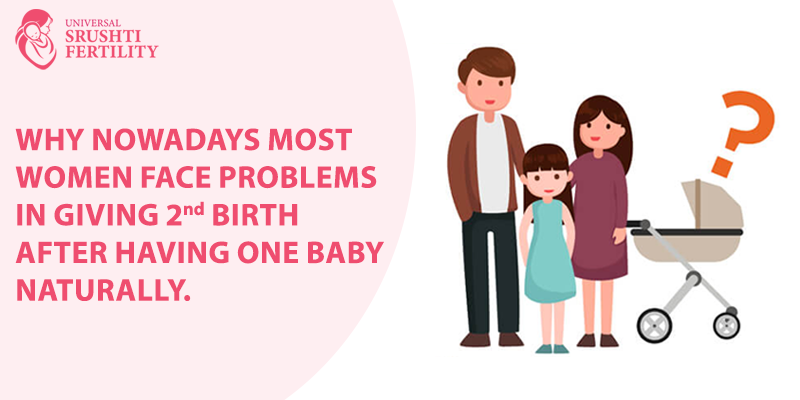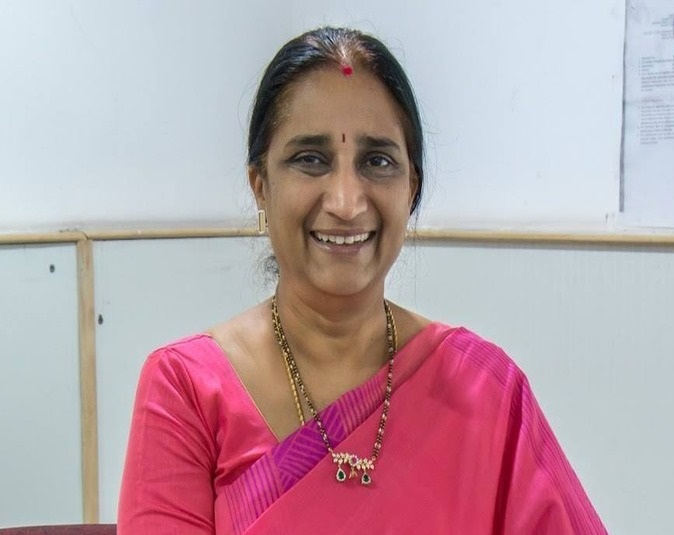Secondary Infertility
There are certain couples that are able to effortlessly give birth to their first child. People often feel that if they have previously been successful in achieving pregnancy, then their subsequent pregnancy will also be successful. As a result, receiving a diagnosis of infertility may come as a surprise. Secondary infertility is defined as the inability to conceive a child after having already carried a child to term. In simple words, secondary infertility refers to a woman’s inability to conceive naturally after having already given birth to a child. According to some studies, secondary infertility accounts for forty percent of all occurrences of infertility.
Best Fertility Centre Near Me
The factors that contribute to secondary infertility
In terms of fertility, one’s age is a crucial factor. When a woman reaches the age of 35 and beyond, the process of becoming pregnant gets more challenging. Sperm and egg quality deteriorates with increasing age. Infertility may be caused by hormonal imbalances, abnormalities of the reproductive organs, poor sperm health, and factors related to lifestyle such as changes in food habits, and more consumption of processed food. Exposure to pesticides and other chemicals may add to the factors leading to infertility.
Does ART have a chance?
The term “assisted reproductive technology” (ART) refers to a collection of different methods that may help women become pregnant. Outside of the body, highly-trained professionals handle reproductive materials such as eggs and sperm.
ICSI and IVF
The first step in in vitro fertilization (IVF) is the collection of numerous eggs from the woman and a sample of the man’s sperm. In order for the woman to create these eggs, she may need to take fertility medicine. After the clinic has collected the necessary components, embryos are created by combining the gametes (eggs and sperm). The most viable embryo is then implanted into the woman’s uterus by a medical professional. Fertilization of the egg may be accomplished with only a single sperm. This cutting-edge assisted reproductive technology is known as intracytoplasmic sperm injection (ICSI). There is a high percentage of success with both IVF and ICSI.
Conclusion
These treatments are powerful because there is a large rise in the likelihood of becoming pregnant. Patients may often anticipate a high likelihood of success overall. There are potential dangers associated with any operation, and it is important to address these concerns with a reproductive professional. Secondary infertility is a source of consternation and confusion. The ability to start or add to a family is within grasp when one makes use of ART.


